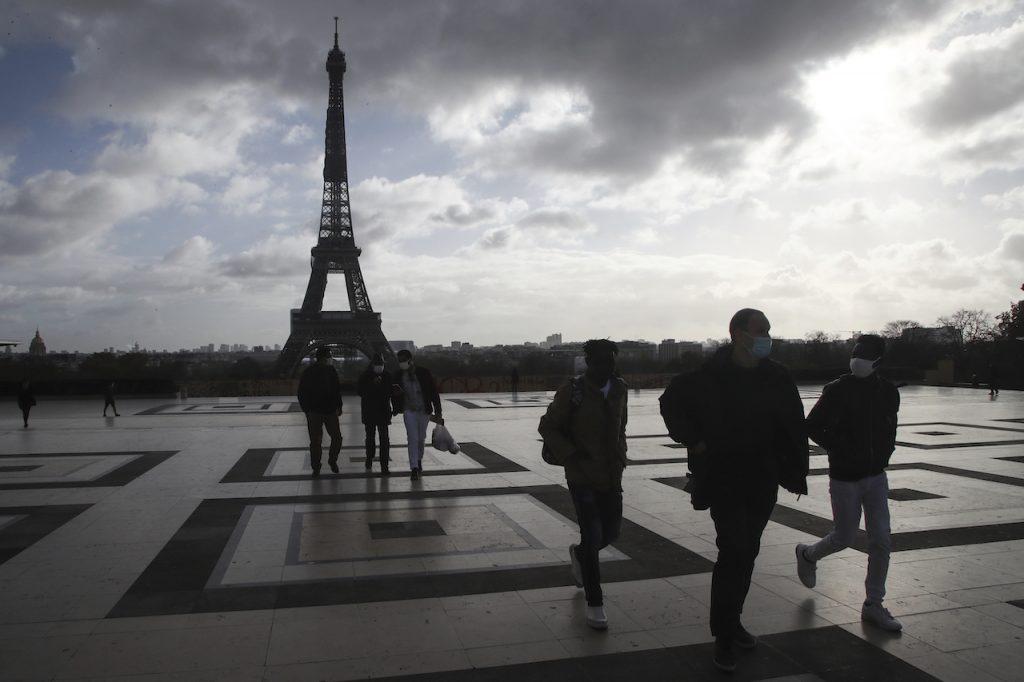Eiffel Tower visitor numbers climb to pre-Covid levels
It received an average of more than 20,000 visitors per day in October, up from 13,000 during the summer when curbs kept down numbers allowed into the tower's lifts.
Just In
The Eiffel Tower is clocking up visitor numbers not seen since Covid-19 kept most tourists away and ripped a deep hole in its finances, the attraction’s operator said Thursday.
A major paint job on the “Iron Lady” has resumed after an interruption during the pandemic due to high lead levels, it said, with the aim of having the landmark look its best in time for the 2024 Paris Olympics.
The Eiffel Tower had “a good month of October”, operator Sete told AFP, thanks to tourists returning to Paris, a top destination.
It received an average of more than 20,000 visitors per day in October, up from 13,000 during the summer when curbs kept down numbers allowed into the tower’s lifts.
October weekend numbers were better than in 2019, Sete said.
One big factor was the return of American tourists, who accounted for 10% of overall visits, as well as tourists from nearby European countries.
But overall visits this year are still only expected to reach 1.5 million, against 6.2 million in 2019, leaving the tower in dire financial difficulties.
Sete expects to post a loss of €75 million (US$87 million) this year, adding to 2020’s loss of €52 million.
Sete has arranged a near €60-million recapitalisation by the city of Paris, its major shareholder, plus a government-backed loan of €25 million.
To make up for the shortfall, the operator has asked for help elsewhere, notably from the French government. “Discussions are ongoing,” it said.
The Eiffel Tower shut from mid-March to late June last year during the first Covid lockdown, and then again from end-October 2020 to mid-July of this year, its longest closure since World War II.
Subscribe to our newsletter
To be updated with all the latest news and analyses daily.
Most Read
No articles found.
